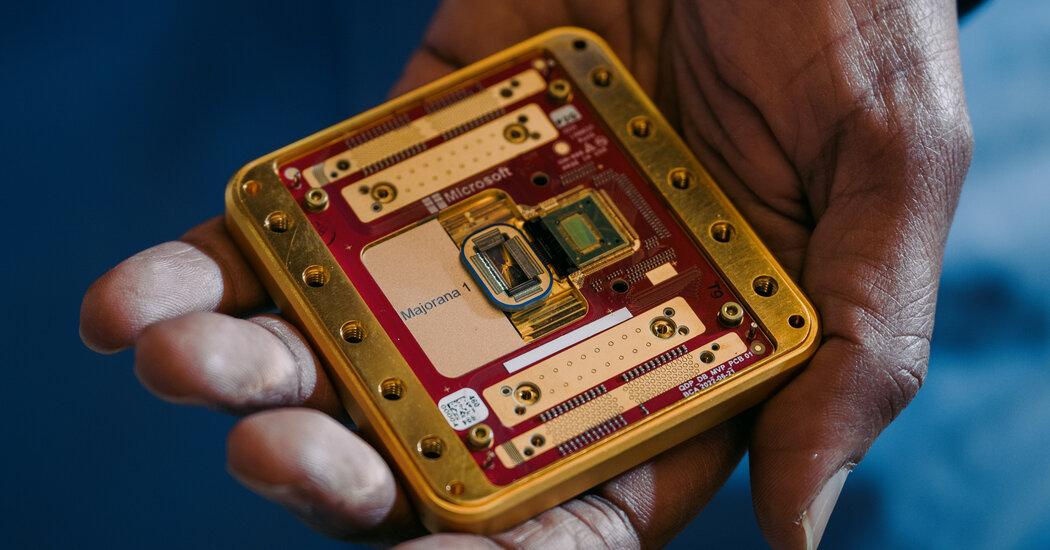In an exciting development in the world of quantum computing, Microsoft has announced a groundbreaking milestone: the creation of a new state of matter that promises to enhance the power and stability of quantum computers. This advancement may accelerate progress in one of the most challenging fields in technology, potentially unlocking unprecedented computational capabilities.
Understanding Quantum Computing
Quantum computing leverages the principles of quantum mechanics to process information in ways classical computers cannot. Unlike traditional bits, which represent data as either 0 or 1, quantum bits, or qubits, can exist in multiple states simultaneously thanks to quantum superposition. This unique attribute allows quantum computers to perform complex calculations exponentially faster than conventional computers.
The Challenge of Qubit Stability
However, creating and maintaining qubits is fraught with challenges, primarily due to decoherence, where qubits lose their quantum state due to environmental interference. This instability has been a significant hurdle in the quest to build scalable and practical quantum computers.
Microsoft’s Breakthrough: The Topological Qubit
Microsoft’s latest announcement highlights their work with topological qubits, which promise improved error resilience. The key to this breakthrough is the creation of a new state of matter that operates on the principles of topology—a branch of mathematics concerning properties that remain unchanged through continuous deformations.
Topological qubits are designed to be more stable than traditional qubits, as they are less susceptible to environmental noise. This enhanced stability stems from the mathematical intricacies of topology, which could effectively safeguard these qubits against the effects of decoherence.
Potential Implications for the Future
With the creation of a stable qubit, Microsoft aims to bridge a critical gap in quantum computing. Quantum algorithms could solve problems in a fraction of the time it takes classical computers, making progress in fields such as cryptography, materials science, and drug discovery.
- Cryptography: Quantum computers could crack traditional encryption methods, necessitating the development of quantum-safe security protocols.
- Materials Science: Researchers can simulate complex molecular structures, fostering innovation in developing new materials.
- Drug Discovery: Pharmaceutical advancements could accelerate as quantum computing swiftly analyzes biological processes.
Remaining Challenges and the Path Forward
Despite this promising advancement, Microsoft and its competitors still face several challenges. Mass production and integration of topological qubits into a functioning quantum computing system is a hefty task. Moreover, the quantum computing industry needs to address issues of cost and accessibility for widespread adoption.
Nonetheless, this development marks a significant step forward in addressing one of the enduring limitations in quantum computing. As the technology progresses, collaborations between industry leaders and academia will be crucial in overcoming the existing obstacles and ushering in a new era of computational power.
Conclusion
Microsoft’s announcement of a new state of matter for powering quantum computers is a testament to the relentless pursuit of innovation in the tech industry. While hurdles remain, the advances in topological qubits represent a potential turning point, emphasizing the importance of continued research and development in quantum technologies. The future of computing promises to be electric, revolutionary, and radically transformative.
For more details, you can read the full article on The New York Times.

Hozzászólások